Translated from original entry 05-08-2015
In the following summer travelogue the eastern region of Tyrol in Austria will be presented.
Zillertal - Ahornbahn:
The cableway from the holiday resort town named Mayrhofen at Ziller-valley leads to the Ahorn ski-center (1965 m / 6447 ft), whereon a pair of 160-person cabins run. The large-scale lifts investment in 2006 resulted in a capacity increase of more than 3 times compared to its predecessor, which was put into operation in 1968. The new cable car was awarded the title of largest aerial tram in Austria.
Giant cabin needs grandiose station house, that really reminding of a huge carton. The valley terminal is made of fair-faced concrete, according to the trend of today's architecture.

One of the cabin-pair is just at the mountain station, that is why the right side of the terminal is empty. It's interesting that no warning sign or no enclosure is placed around the station at all. Not so noticeable on the photo, but if I came under the arriving cabin (with my 180 cm / 5 ft 11 in height), I would fit. Except the salients of the automatically descending platforms (see a photo sequence of the opening platform by clicking on the link).
Zillertal - Penken:
An another ski center of Mayrhofen named Penken can be reached by three different cable cars. One of them built on a steep hillside above the settlement: the gondola-lift of village Finkenberg. This cableway is not so young, it was built in 1987. The four-seated CWA-manufactured cabins look a bit slim nowadays.

As the village built on a steep area, so have to husband its horizontal areas: for example there is a tennis court directly below the cableway.

The another lift of Penken starts from Mayrhofen directly. Currently this cableway is completely renovated. As a memento, a cabin of the demolished lift was put down in the parking of Ahornbahn. Who knows how long..
Achensee - Karwendelbahn - Pertisau:
The scenic lake Achensee, located in the north of entrance of Ziller-valley, has two ski-centers. One of them is the Karwendelbahn at Pertisau. The cableway is situated at the edge of the grand Karwendel National Park which is divided between Tyrol and Bavaria.
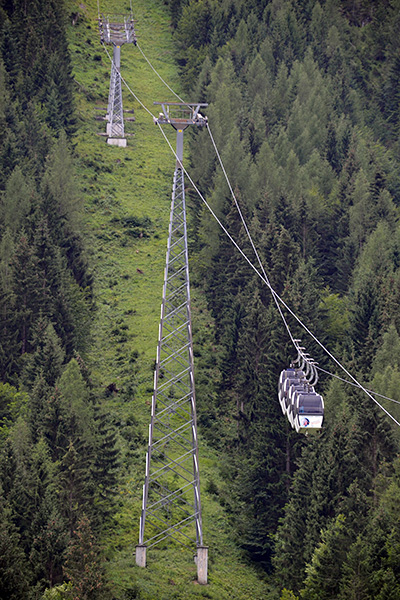
Type of Karwendelbahn is a group-lift, or more precisely: monocable gondola fixed pulsed. Its base structure: one or more pairs (in this case one pair) of cabin groups, involved 3-5 pieces of carrier per group, are fastened on a circulated cable loop. As the cabins which are equipped with fix grip systems arrive to the end station, the whole cable system stops. After loading and unloading, lift is restarted first with carefuly speed, because the group of cabins turns back around the bullwheel before continues the trip back.





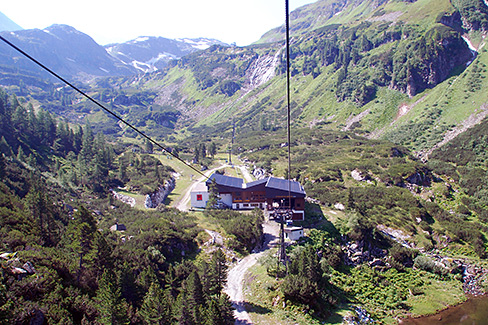



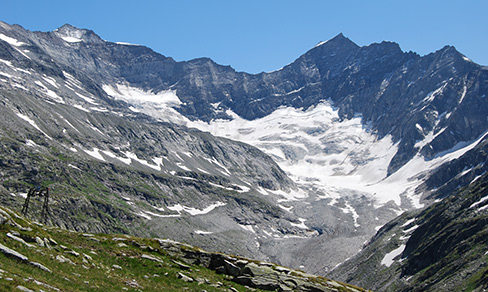







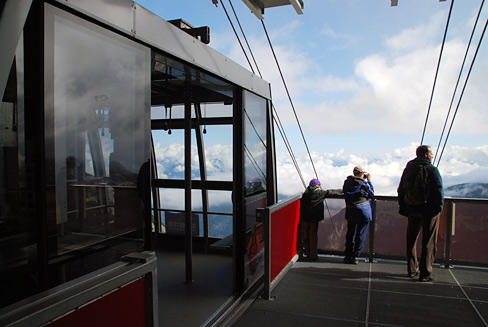


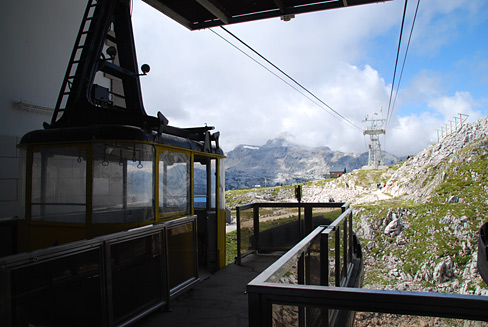


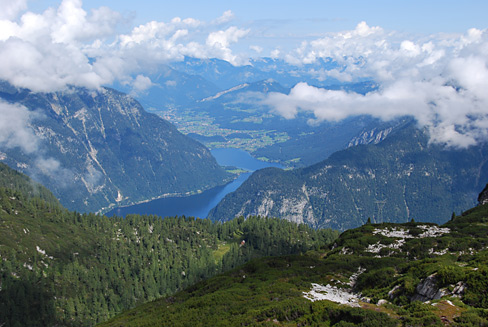




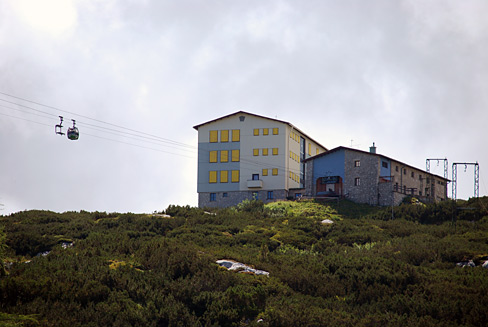
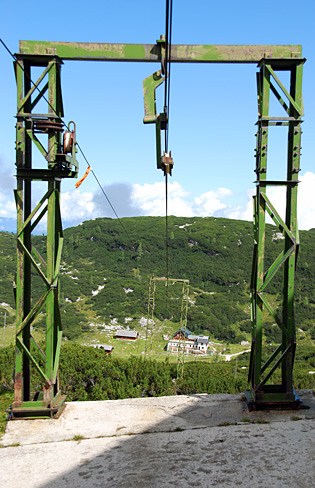
Címkék: reservoir skilift Austria summer travelogue Tyrol